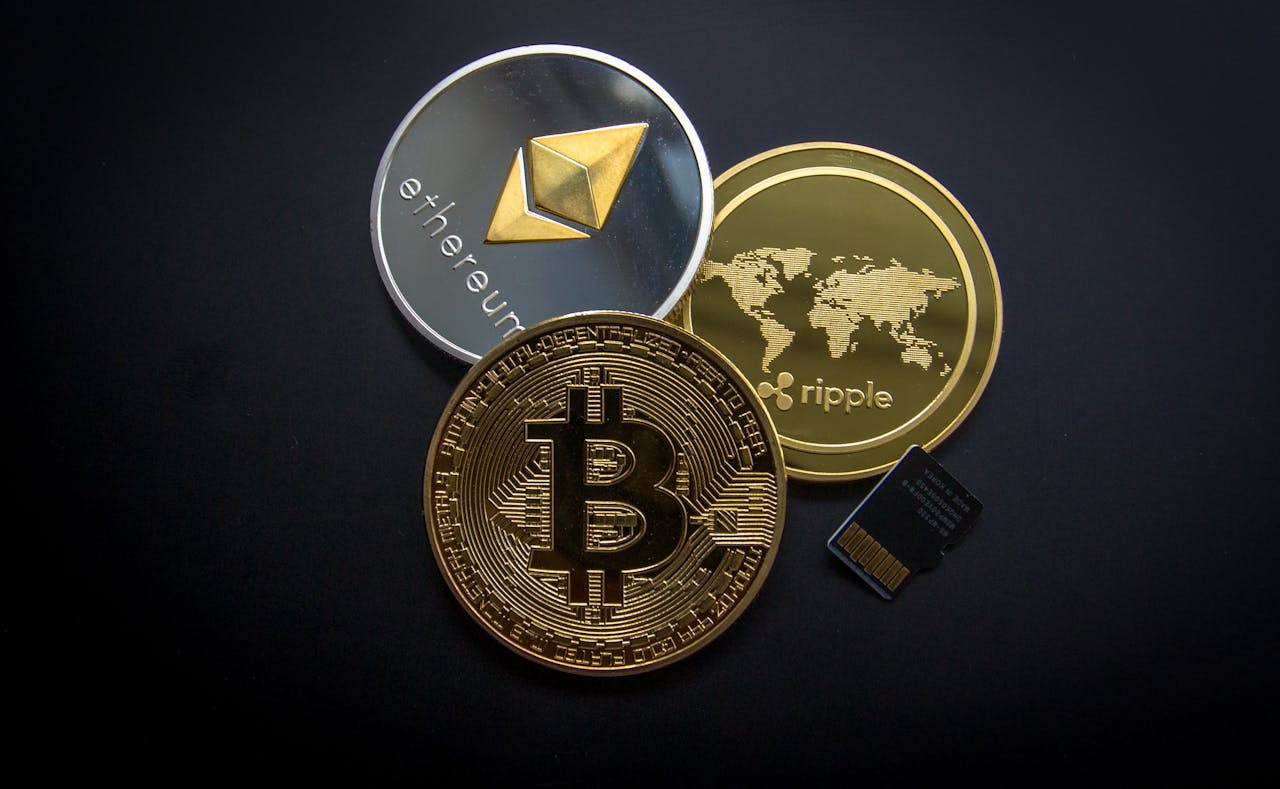In recent years, cryptocurrency has emerged as a revolutionary concept, reshaping the financial landscape. Bitcoin, the first and most well-known cryptocurrency, has paved the way for numerous other digital currencies, often referred to as altcoins. At the heart of these digital currencies lies blockchain technology, a groundbreaking innovation that enables secure, decentralized transactions. This essay explores the fundamentals of cryptocurrency, the significance of Bitcoin, the variety of altcoins available, and the underlying technology that makes it all possible.
The Rise of Bitcoin
Bitcoin was introduced in 2009 by an anonymous individual or group known as Satoshi Nakamoto. Initially, it was perceived as a novel experiment in digital currency. Over the years, however, Bitcoin has gained immense popularity, often being referred to as digital gold. This rise can be attributed to various factors, including its limited supply, decentralized nature, and increasing acceptance by merchants and investors.
Investors have shown a keen interest in Bitcoin for several reasons. Primarily, its potential for high returns has attracted many. Moreover, the increasing integration of Bitcoin into mainstream finance, such as the acceptance of Bitcoin by major companies, has solidified its status. Additionally, Bitcoin’s performance during economic uncertainty has prompted individuals to view it as a hedge against inflation.
Exploring Altcoins
While Bitcoin remains the most recognized cryptocurrency, a plethora of alternative coins, or altcoins, has emerged. These altcoins serve various purposes and cater to different niches within the cryptocurrency market. Some of the most notable altcoins include Ethereum, Litecoin, and Ripple.
Ethereum, launched in 2015, has gained significant attention for its smart contract functionality. Unlike Bitcoin, which primarily serves as a digital currency, Ethereum allows developers to create decentralized applications (dApps) on its blockchain. This flexibility has positioned Ethereum as a leader in the blockchain space, leading to a vibrant ecosystem of decentralized finance (DeFi) and non-fungible tokens (NFTs).
Litecoin, introduced in 2011, is often referred to as the silver to Bitcoin’s gold. It was designed to provide faster transaction times and lower fees compared to Bitcoin. Consequently, Litecoin has become a popular choice for individuals seeking efficient and cost-effective transactions.
Ripple, on the other hand, focuses on facilitating cross-border payments for financial institutions. Its unique consensus algorithm enables rapid transaction processing, making it an attractive option for banks and payment providers.
The Role of Blockchain Technology
At the core of cryptocurrency lies blockchain technology, a decentralized ledger that records all transactions across a network of computers. This technology is what sets cryptocurrencies apart from traditional currencies. Each transaction is grouped into a block and added to a chain of previous transactions, hence the name “blockchain.”
One of the most significant advantages of blockchain technology is its security. Once a transaction is recorded on the blockchain, it becomes nearly impossible to alter or delete. This immutability builds trust among users, as the entire history of transactions is transparent and verifiable.
Moreover, blockchain technology eliminates the need for intermediaries, such as banks. This decentralization not only reduces transaction costs but also increases the speed of transactions. Users can send and receive funds without waiting for traditional banking processes to clear.
The Future of Cryptocurrency
As the cryptocurrency market continues to evolve, many speculate about its future. Increased regulatory scrutiny is expected as governments seek to understand and control the burgeoning industry. However, some experts believe that regulation may lead to greater legitimacy and stability within the market.
Furthermore, the integration of cryptocurrency into traditional finance is likely to continue. More institutions are exploring ways to incorporate digital assets into their portfolios. This growing acceptance may pave the way for broader adoption, making cryptocurrency a staple in everyday transactions.
Additionally, technological advancements are anticipated. Innovations in blockchain technology, such as layer 2 solutions, aim to enhance scalability and transaction speeds. These developments could further solidify the position of cryptocurrencies as viable alternatives to traditional currencies.
Conclusion
In summary, cryptocurrency, led by Bitcoin and accompanied by a diverse array of altcoins, represents a significant shift in how value is exchanged. Blockchain technology underpins this revolution, providing a secure and decentralized framework for transactions. As the landscape of cryptocurrency continues to evolve, both challenges and opportunities will emerge. By understanding the fundamentals of cryptocurrency, individuals can navigate this dynamic market with greater confidence and awareness. The journey into the world of digital currencies has just begun, and the possibilities appear limitless.



